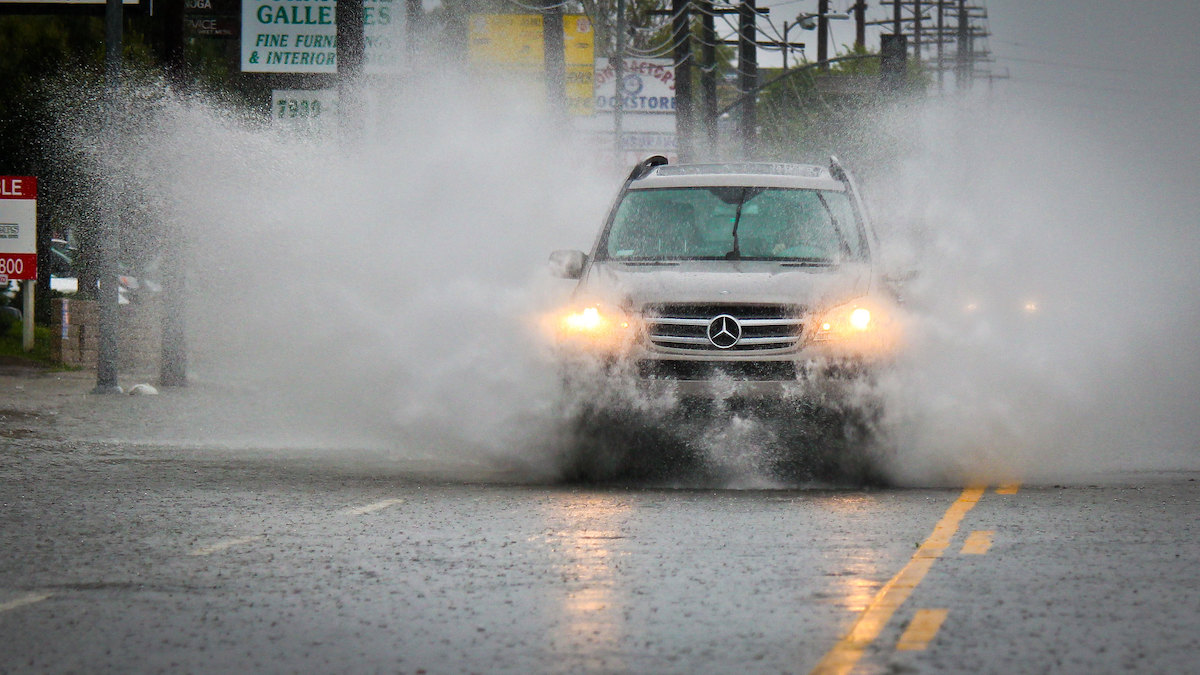
After the Storms — California Officials Share Resources for Recovery By Mark Hedin
If you’re a California business or nonprofit owner who could use a couple of million dollars to get back on your feet after this winter’s rainstorms, the federal government may have you covered.
Or if you’ve got up to $41,000 in personal expenses you can’t meet and insurance won’t pay for, FEMA, the Federal Emergency Management Administration, might be able to help you out there, too.
At a Jan. 31 press briefing hosted by the Governor’s Office of Emergency Services (Cal OES), along with Listos California, five speakers detailed how people can get this and other help from federal, state and local governments and community based organizations.
“We’re known for our wildfires and earthquakes,” said Diana Crofts-Pelayo, of Cal OES. “We hadn’t really thought that we would have a major flooding incident in California.”
But after “nine atmospheric rivers, trillions of gallons of water, many weeks of wind, snow and rain and 21 deaths recorded so far,” she said, the federal government has approved Gov. Newsom’s request for emergency declarations for nine California counties, making them eligible for immediate federal assistance.
Now, FEMA, the federal Small Business Administration, Cal OES and community organizations led by Listos California are pulling out all the stops to speed aid to the people who need it.
Some checks have already been cut.
FEMA has established 10 disaster recovery centers. Additionally, there are seven local assistance centers open under the auspices of Cal OES, with another seven coming soon, Crofts-Pelayo said.
Listos California has compiled a list of disaster recovery resources, available in simplified Chinese, Spanish, Korean, English, Filipino, Vietnamese.
“We have multiple overlapping disasters,” Robert Troy, also of Cal OES, said, citing ongoing wildfire and earthquake projects dating back to 2020.
“So, every time we go out and repair a damaged road or facility post-disaster, we encourage local communities to also invest in mitigation so we can better withstand future disasters.”
Troy also cited the federally and state funded Public Assistance Program, which, like the federal approval of the hardest-hit counties cited by Gov. Newsom, is operating in Calaveras, Merced, Monterey, Sacramento, San Joaquin, San Luis Obispo, San Mateo, Santa Barbara and Santa Cruz counties. “We expect more counties to be added,” Troy added.
From “mass care and emergency services, disaster case management, crisis counseling assistance, legal services and disaster unemployment assistance, individual assistance is a pretty sizable subcomponent of FEMA,” said FEMA Region 9 Emergency Management Specialist Brian Bui, stationed in Oakland.
Additionally, through its individual and household programs (IHP), “two main subcomponents include housing assistance and other needs assistance.
“Survivors may be eligible for rental assistance, temporary lodging, repair assistance or replacement assistance and other needs.” The current maximum for each category of help is $41,000 per household, he said, emphasizing that the deadline for registering is March 16.
“This is for expenses or losses not covered by insurance,” Bui added.
Besides the state local assistance centers and joint disaster recovery centers, where staff is ready to help people navigate the application process, including with in-language help, people can also call 1-(800) 621-3362 or go to disasterassistance.gov.
Asked about how immigration status would affect storm victims’ eligibility for aid, Bui said there are three “categories of eligibility”: U.S. citizen, non-national citizen and qualified alien – someone with a green card or an H1B visa.
Luis Santos-Serrano, of the federal Small Business Administration, described his agency’s low-interest (starting at 3.3055%) physical disaster loan program, available up to $2 million, “for businesses of all sizes, most private nonprofit organizations, homeowners and renters.”
The loans are available to see operations through not just repairing or replacing damaged materials, but also surviving cash-flow constraints caused by the damage, that caused closures or decreased activity.
“SBA disaster loans are the primary source of money to pay for repair or replacement or cost not fully covered by insurance or other compensation,” he said.
Homeowners can borrow up to $200,000 to repair or replace their primary residence, and more to rehab rental properties or replace personal property.
He encouraged applying for the loans through the disasterassistance.gov website by the March 16 deadline, and said that doing so does not obligate anyone, but would enable applicants to later accept the loan if they ultimately decide to do so.
The deadline for the working capital loans is Oct. 16, and interest rates for homeowners can be as low as 2.313%, he said. More information is available at 1-(800) 659-9551. There is multilingual one-on-one help available for completing the application process at the disaster assistance centers.
Dayana Contreras, of Catholic Charities of Diocese of Fresno described how Listos California, partnering with Salvation Army, St. Vincent De Paul and local churches, brought truckloads of emergency supplies — such as fresh drinking water and snacks, bags of food by the hundreds, diapers, pillows and blankets – to people in water-drenched Merced County and, at a fairgrounds Disaster Relief Center, helped people apply to services such as CalFresh, immigration programs including asylee status, help with rent or utilities despite barriers of language, hearing loss and more.
“We’re working all around the clock as we kick off our new disaster case management program,” she said, including hiring more case managers, and expect to be busy for at least the next two years.
Image via Flickr
